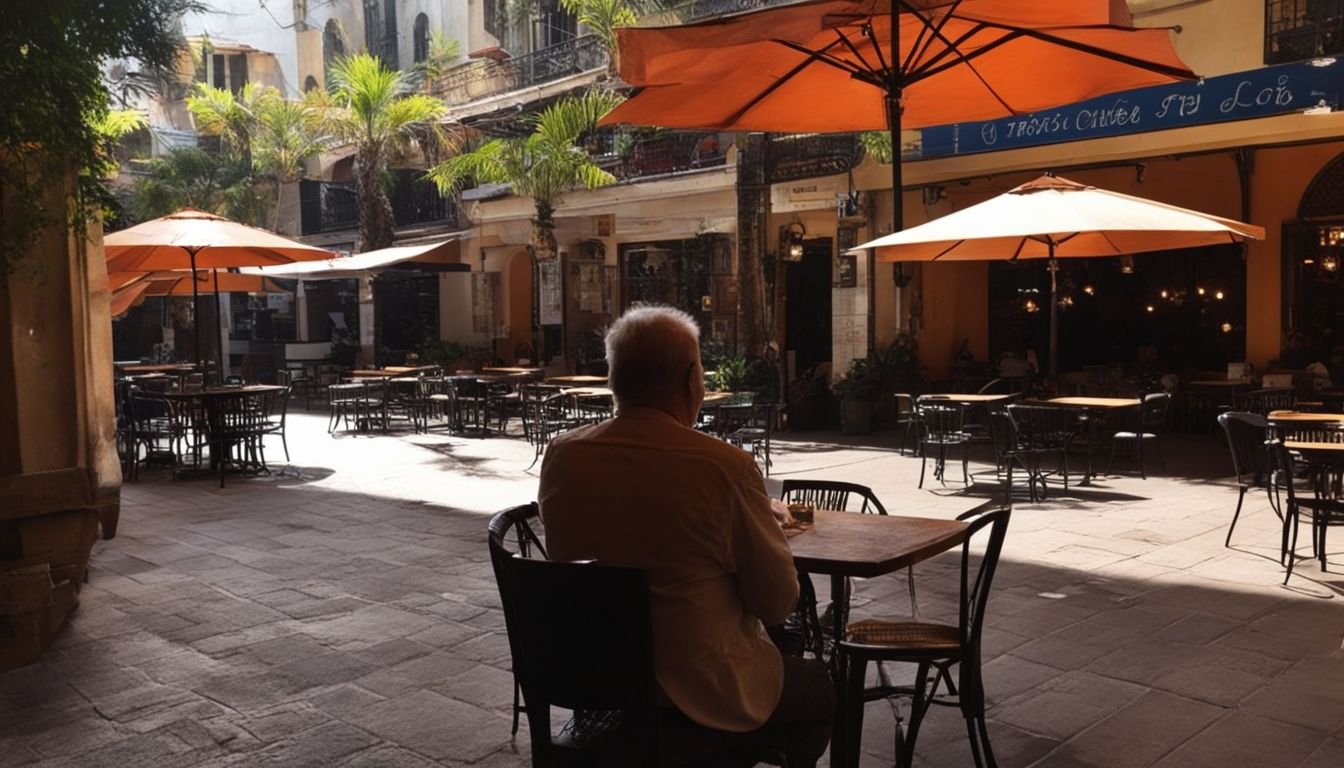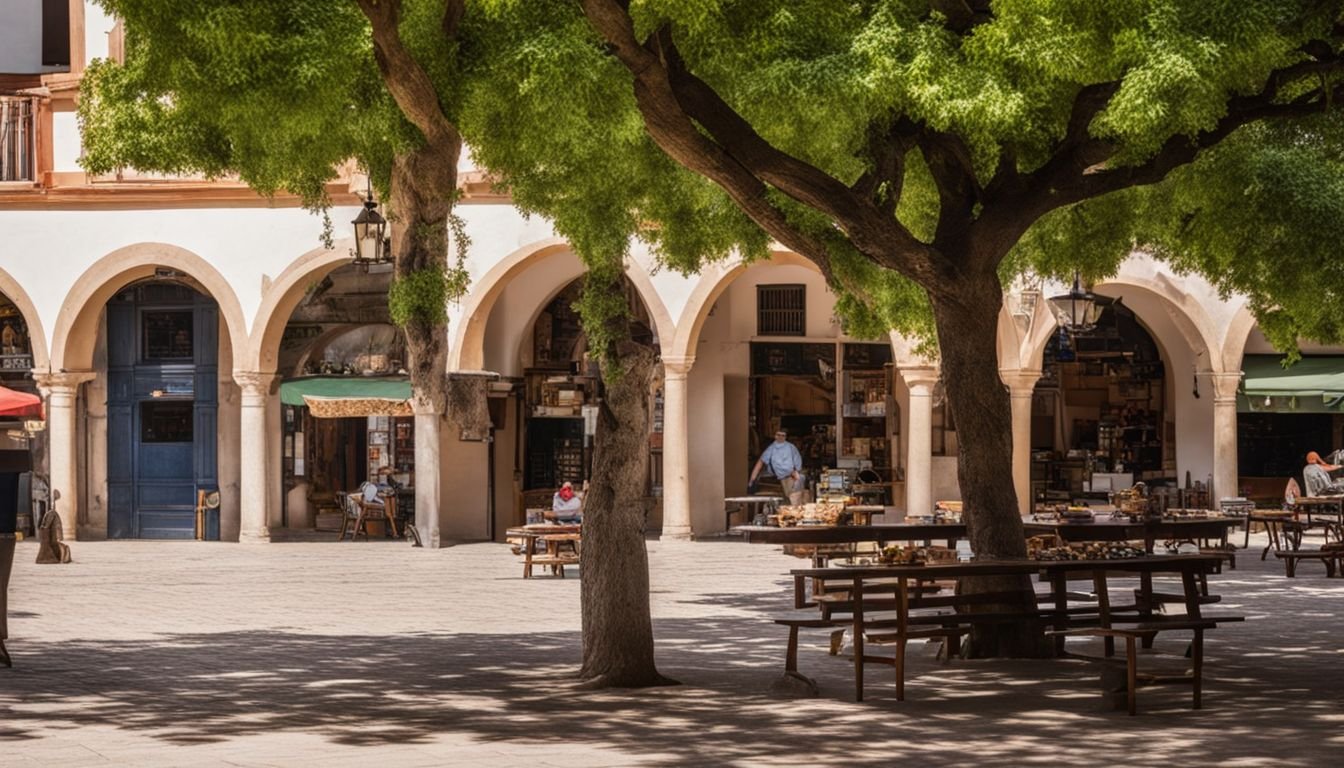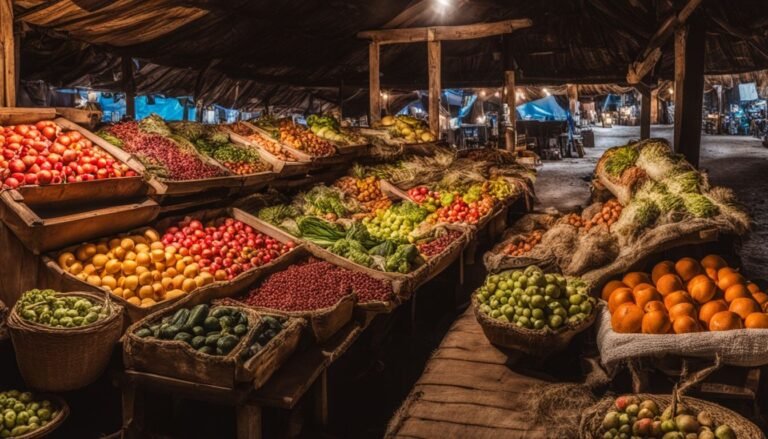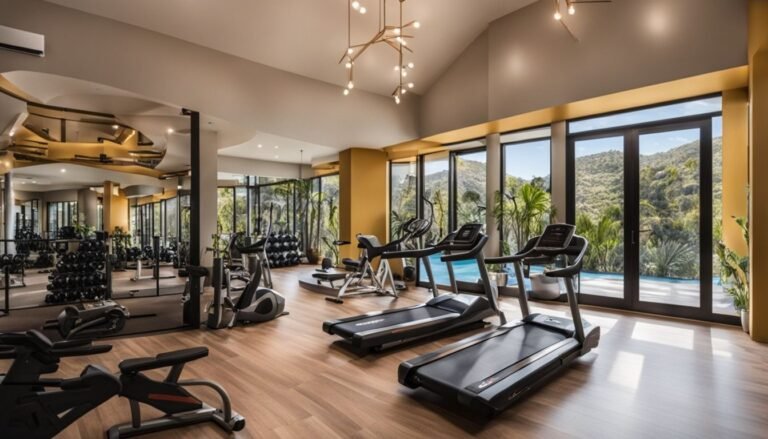La Regia Lifestyle: A Local’s Guide to Daily Life and Culture
Adapting to a new culture can pose challenges for many. In La Regia, siesta is not just a tradition; it shapes the entire schedule, closing shops from 2 p.m. to 5 p.m. This article will guide you through adjusting to these local timings and more, embracing the vibrant lifestyle of La Regia with ease.
Learn and live like a local!
Understanding Local Timings

In La Regia, shops and eateries open and close at times that might surprise visitors. Meals happen later than many are used to, shaping the day’s schedule.
Store and restaurant hours
Shops and eateries in La Regia follow unique schedules, deeply rooted in the local way of life. Most places open around 9 or 10 in the morning. They close for a daily three-hour siesta from 2 p.m.
to 5 p.m., then reopen until about 8 or 9 at night. This rhythm fits well with the Tunisian approach to day-to-day living, respecting both tradition and the need for rest during the hottest part of the day.
Sundays see most stores shut, giving everyone a chance to relax and spend time with family or explore areas like Djerba Island or Tunis Medina, immersing themselves in North African culture.
Visitors should always double-check hours since some establishments might not stick strictly to their posted times, adding an element of unpredictability but also charm to shopping or dining out here.
Traditional eating hours
Eating times in La Regia follow a unique schedule. Lunch, known as “la comida,” is the main meal and happens at 2:30 p.m. This is the time when families gather for their most significant meal of the day.
Before lunch, at noon, people enjoy a mid-morning snack called “almuerzo.” Later in the evening, around 7 p.m., there’s another light eating moment named “merienda” which is an evening snack.
Dinner then follows much later than what many are used to, starting at around 9:30 p.m. These hours show how food plays a central role in daily life here, marking different parts of the day with moments of gathering and rest.
Cultural Nuances
In La Regia, saying “vale” shows you understand someone. Expect to hear “ahora” for time, which can mean now or later, causing mix-ups.
Importance of “vale” in conversation
Using “vale” in conversation is key to blending in with the locals. This word acts like a magic key that opens doors to friendlier chats and deeper connections. It means okay, yes, or I agree.
People use it all the time to show they understand each other or to confirm plans. Imagine walking through the bustling medina of Tunis or enjoying tapas on the Amalfi Coast, saying “vale” can make you feel right at home among natives.
Besides making friends easily, knowing when to drop a well-timed “vale” helps avoid misunderstandings. It’s more than just okay; it’s an affirmation that you’re actively engaging with someone’s ideas or requests.
From ordering food in high-end restaurants to casual talks by the Pacific Palisades, mastering this little word makes everyday interactions smoother and more enjoyable.
Misinterpretations of “ahora”
Ahora” often leads to confusion among visitors. This word might seem like it means “right now”, but here, it can mean anything up to the next five hours. This difference in time perception is a big part of daily life.
Visitors must adjust their expectations accordingly.
The acceptance of siestas ties closely with this flexible approach to timing. Understanding that “ahora” does not always mean immediate action helps in adapting to local schedules and customs.
The acceptance of siestas
Napping during the day, known as siestas, is a common practice. People rest in the afternoon on weekends or hot summer days. The first nap café, Siesta & Go, opened in Madrid in 2017.
This shows how much people value rest during the day.
Social Interactions
In La Regia, talking with older people shows much about respect and tradition. Keeping a little distance when chatting is common, showing how personal space matters here.
Experiences with the elder community
Spending time with the elder community offers valuable lessons and stories. Seniors play a big role in keeping traditions alive, making their company enriching. They share knowledge from the past, like traditional recipes or tales of La Regia’s history.
Social interactions are key to their well-being. Being part of activities reduces their loneliness.
Interacting across generations brings everyone closer. It promotes mentorship where elders guide younger ones based on experience. This strengthens community bonds and ensures that important cultural practices continue for years to come.
Personal space dynamics
After learning about the elder community, it’s clear that personal space in La Regia follows its own rules. People here often stand close when talking and touching is normal. This shows friendliness and trust.
Factors like where you are and who you’re with change how much space you get. In crowded places or at family events, expect less room.
For someone not used to this, it might feel strange at first. But understanding these dynamics helps in getting along better with locals. It’s important to know that situational and social characteristics play a big role in how people interact physically here.
Navigating Public and Social Services
Handling paperwork at the immigration office takes patience. Waiting for service often depends on the server’s mood.
Coping with bureaucracy at extranjería
Dealing with paperwork at extranjería can be tough. You need to have all your information and resources ready. This means gathering your documents before you go. It helps speed up the process.
Getting help is important, too. Some groups help newcomers understand their needs at extranjería. They give advice on what papers you need and how to fill them out correctly. Joining these groups makes handling bureaucracy easier.
Service at the convenience of waiters
In La Regia, service at restaurants follows a different rhythm. Waitstaff often take their time to come to your table. This approach means you might wait longer than you’re used to for your order or check.
It’s not about slow service but respecting the waiter’s pace.
This style can be a shift for visitors from places where quick service is standard. Here, dining out is more relaxed and less rushed. Your meal may stretch longer, allowing time to enjoy the experience fully.
Next up, let’s talk about food and dining etiquette in La Regia.
Food and Dining Etiquette
In La Regia, eating tapas is a slow joy, not a quick meal. People use bread to grab food instead of always using forks or knives.
Tapas eating pace
Tapas culture values time with friends over just eating. People often meet to share small dishes and talk. This goes well with “tomar unas cañas,” which is about enjoying a few beers together casually.
Tapas are not fast food; they’re an experience that brings people closer.
Eating tapas means trying many kinds of food but slowly, one small plate at a time. Each bite invites more conversation. It’s common to spend hours at a table filled with tapas, turning mealtime into a social event that lasts the whole evening.
Bread over utensils
In La Regia, bread is not just food; it’s the main tool for eating. People here use bread to scoop up food instead of forks or spoons. They tear it into small pieces with their hands.
This makes meals feel more personal and connected.
Exploring Urban vs. Rural Life
City life buzzes with noise and lights, while country living offers peace among fields and animals. Cities have tall buildings and busy roads; villages enjoy open spaces and quiet mornings.
Differences between city and village lifestyles
Cities in Tunisia, like Tunis and Carthage, buzz with larger populations and advanced infrastructure. Streets are busy. Buildings reach high into the sky. Shops, cafes, and cultural sites such as the Medina of Tunis or ancient Roman basilicas fill every corner.
Life moves fast here.
Villages, on the other hand, hold tightly to traditions that have lasted for ages. Places like Makthar and Bulla Regia showcase smaller homes built from bricks or mud. Fewer people live in these areas.
The pace is slower but rich with history from the Amazigh (Berber) culture to remnants of the Graeco-Roman world found in Chemtou’s ruins.
Conclusion: Embracing La Regia Lifestyle
Living La Regia lifestyle means adapting to its unique pace. Shops open late and close for siestas at 2 p.m., only to reopen at 5 p.m. Eating times push back; lunch happens at 2:30 p.m.
and dinner not before 9:30 p.m. Words like “vale” become part of everyday talk, making conversations flow smoothly among locals. Personal space gets closer, with friendly gestures and touches common during chats.
Handling paperwork at the immigration office tests your patience but becomes manageable with time. Understanding these aspects helps anyone embrace the vibrant culture fully, turning daily challenges into enjoyable experiences.
References
- https://goaskalocal.com/blog/travel-guide-to-trapani-sicily (2024-02-23)
- https://www.researchgate.net/publication/347324099_Authentic_Culinary_Tourism_Experiences_The_Perspectives_of_Locals
- https://www.ncbi.nlm.nih.gov/pmc/articles/PMC6889524/
- https://www.immihelp.com/a-guide-to-american-meal-times/
- https://www.academia.edu/75041908/Creating_Cultural_Understanding_Through_Travel_CultSense_Case_Collection
- https://www.researchgate.net/profile/Greg-Richards-2/publication/370060288_Cultural_tourism_trends_in_Europe_-_a_context_for_the_development_of_Cultural_Routes/links/643d11492eca706c8b64be42/Cultural-tourism-trends-in-Europe-a-context-for-the-development-of-Cultural-Routes.pdf
- https://repository.ifla.org/bitstream/123456789/3286/1/IFLA_Journal_50_1.pdf
- https://digitalcommons.bard.edu/cgi/viewcontent.cgi?article=1315&context=senproj_s2017
- https://culturallyours.com/2019/08/29/understanding-spanish-siesta-culture/ (2019-08-29)
- https://digitalcommons.bryant.edu/cgi/viewcontent.cgi?article=1002&context=honors_business
- https://friendshipcenters.org/the-importance-of-social-interaction-in-senior-communities/
- https://www.ncbi.nlm.nih.gov/pmc/articles/PMC4467537/
- https://www.frontiersin.org/journals/psychology/articles/10.3389/fpsyg.2023.1148395/full
- https://www.ncbi.nlm.nih.gov/pmc/articles/PMC7141784/
- https://www.cornellpress.cornell.edu/book/9789462703827/newcomers-navigating-the-welfare-state/ (2024-01-15)
- https://www.researchgate.net/publication/346241264_Citizen_Reactions_to_Bureaucratic_Encounters_Different_Ways_of_Coping_With_Public_Authorities
- https://www.umsl.edu/~alexanderjm/mirabelli_learning-to-serve.pdf
- https://www.theguardian.com/commentisfree/2016/apr/28/life-waiter-waitress-zizzis-tips (2016-04-28)
- https://www.contiki.com/six-two/article/how-to-order-tapas-spain/ (2020-08-13)
- https://theetiquetteconsultant.com/blog/the-art-of-spanish-tapas
- https://www.kent.edu/career/dining-etiquette
- https://theetiquetteconsultant.com/blog/tag/Dining+Etiquette
- https://medium.com/@chsb3838/differences-between-urban-life-and-rural-life-their-problems-and-their-advantages-a2d5d6ea0722
- https://www.theprofessionalhobo.com/city-life-vs-country-life-an-unbiased-analysis/ (2024-06-19)







